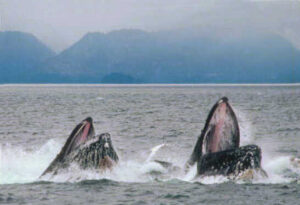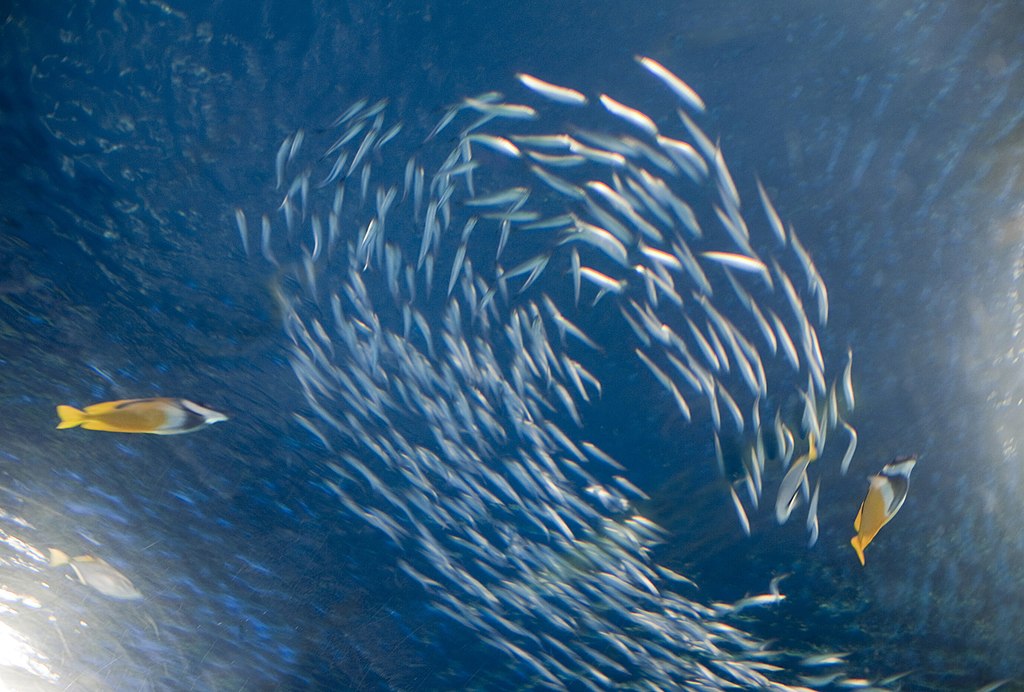Diets Rich in Food From the Ocean and Freshwater Sources Can Help Address Challenges
Posted
Last Updated
By ecomagazine.com.
Blue foods—those that come from the ocean or freshwater environments—have tremendous potential to help address several global challenges. With careful implementation of policies that leverage these foods, nations could get a boost on efforts to reduce nutritional deficits, lower disease risk, decrease greenhouse gas emissions and ensure resilience in the face of climate change.
So say the team of experts at Blue Food Assessment, an international collaboration of scientists whose focus has been on the role of aquatic foods in global food systems. In a paper published today in the journal Nature, the scientists tease out the global-scale benefits of adding more blue food to the world’s diet.

“Even though people around the world depend on and enjoy seafood, the potential for these blue foods to benefit people and the environment remains underappreciated,” said UC Santa Barbara marine ecologist Ben Halpern, director of the National Center for Ecological Analysis & Synthesis and a member of the team. “With this work, we bring attention to these many possibilities and the transformative benefit that blue foods can have for people’s lives and the environments in which they live.”
Built on the landmark Blue Food Assessment, this study synthesizes the assessment’s findings and translates them across four policy objectives related to nutrition, health environment, and livelihoods. The research team reports that aquatic foods are rich in many essential nutrients, particularly vitamin B12 and omega-3 fatty acids, deficiencies of which are relatively high globally, especially in African and South American nations. Increasing the intake of blue foods in those areas could diminish malnutrition, particularly for vulnerable populations such as young children and elders, pregnant women, and women of childbearing age.
Read more at ecomagazine.com.

